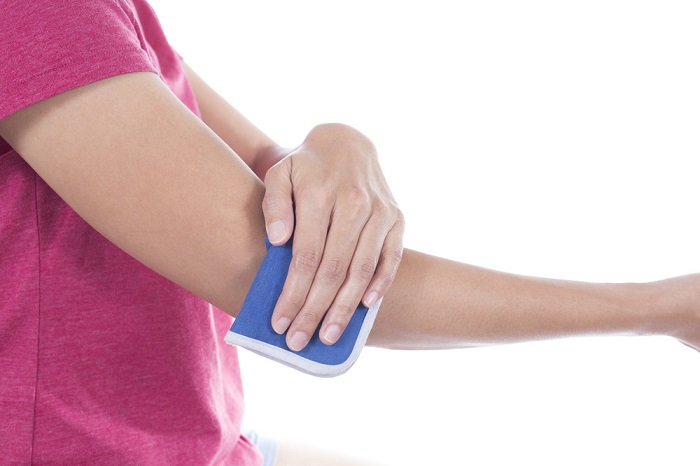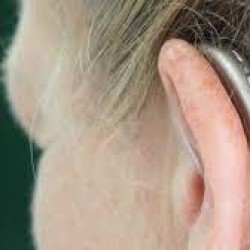Why the RICE method is not the most appropriate when treating injuries?
The old rockers never die and, although the RICE protocol has already its years and have appeared others more updated, still it continues being applied, erroneous in many cases.
Recall that RICE refers to the application of rest, ice, compression and elevation to deal with injuries such as occur in sports. Let’s review why this is not the most appropriate and what alternatives there are …
 Rest: Why it is not indicated almost never?
Rest: Why it is not indicated almost never?
Rest is still indicated above our possibilities. Mild sprains, minor injuries, post-exercise mild exertion, pregnant women without major health problems, falls in the elderly …
For fear, for doubt, for not knowing very well what to do, is still indicating rest in problems in which not only does not help, but can be counterproductive.
We have talked about the case of sprains, where immobilization is not indicated in mild cases, but still immobilizations with plaster despite being something that goes against the current evidence.
In case of resting, we must stress that it is relative, that is, rest of efforts that can worsen the injury but not of other type of activities or exercise. To know what moves we can make, we should consult with health professionals.
There are also techniques like the functional bandage that allow you to limit movements to avoid stressing the injury, but to continue supporting and performing other movements that are safe.
Ice is good in its measure
The use of ice may be indicated to relieve pain and inflammation, if these are disproportionate or overdeveloped for a long time.
However, let’s not forget that inflammation is a process of the body through which it seeks repair, so it is good to avoid excess inflammation in some cases, but not all. We must keep in mind that inflammation is not the enemy.
Compression and elevation
While rest is clear that you should avoid it when you can, and reduce it to the minimum when there is no other remedy, as far as compression and elevation do make more sense, as long as they are integrated into an active recovery program.
- The compression can help the venous return also a compression bandage can be used to give stability and firmness without avoid being active.
- As for elevation, it is a measure that is not problematic either, if it is not associated with prolonged rest. That is, to make short breaks in which the injured area is maintained in elevation, but seeking treatment and recovery are active.
Which protocols are more appropriate than RICE?
We talked at the time that the RICE was quite questioned, but still very applied, so we remember it again. The PRICE method (adds the protection P of the injured area) is quite similar to RICE, so it is not the most recommended in all cases.
Another more up-to-date method is the POLICE : Protection, optimal loading, ice, compression and elevation.
That is, it modifies RICE and PRICE eliminating the idea of rest and replacing by optimal load, understanding this concept as the realization of exercise and active work that favors the recovery. It continues to include the use of ice (we’ve seen better in moderation) and compression and elevation.
It is not a bad protocol, and is suitable in certain cases. It is more updated than the previous ones, and is useful in certain injuries. But we must assess the need for ice, compression and elevation, as well as the proper use of cargo. Therefore, these protocols should be guided by health professionals .
And another protocol still more focused on the active is the MEAT : In it we already directly forget everything that suggests passivity. No ice, compression, elevation … MEAT refers to Movement, EXERCISE, Analgesics (if necessary, indicated by our doctor) and Treatment as needed.
In medicine and in physiotherapy, there are many techniques to help reduce pain and improve mobility, strength, staying active and being able to recover from injuries early, as this prevents problems arising from immobility and can be made better Rehabilitation planned to rehabilitate to avoid relapses and new injuries.
The proprioceptive type work is very interesting in order to prevent injuries, so it would not be wrong to add this “P” to the protocols.


